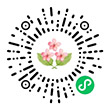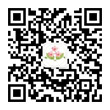Mountain Hibiscus|Discover the skin repair secrets of Alishan Aborigines
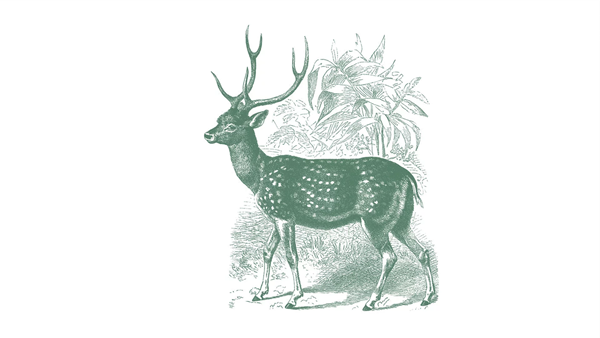

→ SETP 1
The bark of Hibiscus hibiscus is artificially destroyed to start the secretion of plant-based "MGP sticky glycoprotein" to protect the wounded parts of the tree that come into contact with the air
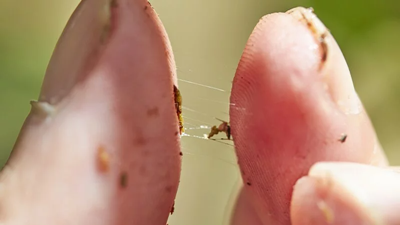
→ SETP 2
It takes only a few seconds to find the start of the secretion of "MGP sticky glycoprotein"
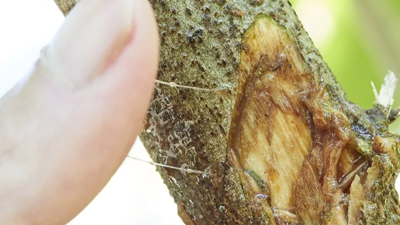
→ SETP 3
It was found that Hibiscus can only secrete a moderate amount of "MGP sticky glycoprotein" without excessive release
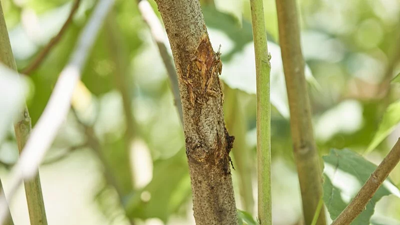
→ SETP 4
Pour in the external liquid to wash the simulated animal rodents when the saliva and the injured part are stained with "MGP sticky glycoprotein"
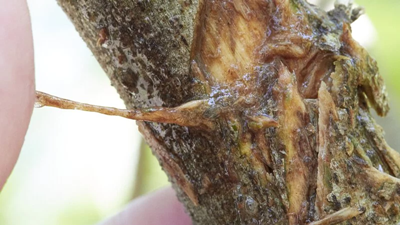
→ SETP 5
Surprisingly, it was found that the "MGP sticky glycoprotein" of Hibiscus hibiscus would melt into the external fluid and proliferate and secrete "MGP sticky glycoprotein" like human snot
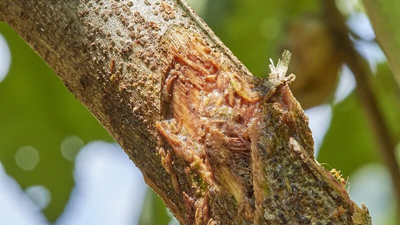
→ SETP 6
After 30 minutes, the transparent "MGP sticky glycoprotein" began to oxidize and bubbling and turned white
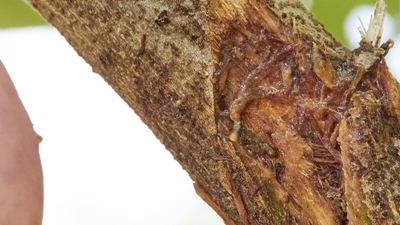
→ SETP 7
After 35 minutes, the original transparent "MGP viscous glycoprotein" began to become more viscous
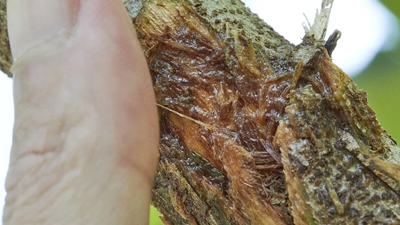
→ SETP 8
After 40 minutes, the original transparent "MGP sticky glycoprotein" began to turn dark and dark.
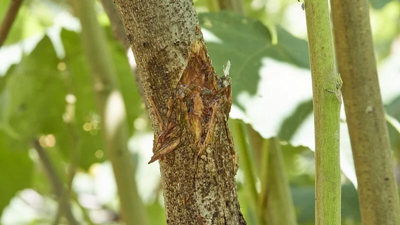
→ SETP 9
It was observed that the injured bark of Hibiscus hibiscus secreted excessive "MGP sticky glycoprotein" when exposed to external liquid

|From the beautiful secret of Alishan Aborigines|
In the early days of Taiwan's aborigines, in the era of underdeveloped medicine, they used to wash the wounded part with "Mountain Hibiscus Decoction", or apply "crushed bark" to the injured part. Here's the secret to keeping your body healthy and "repairing your skin"!
In addition, the "mountain hibiscus root" is dried and boiled into a slightly thick juice for shampooing, which can make the hair fluffy and supple, and can remove dandruff and relieve itching, and use it in a bath to make the skin smooth and shiny. It is a native of Alishan. Exclusive natural beauty ingredients. Aboriginal women regard Hibiscus as a melanin-removing herb. When women give birth to a child, the groin will be dull and black. They will use the slightly thick juice of Hibiscus to apply on their private skin. It is the best herb for whitening the groin.
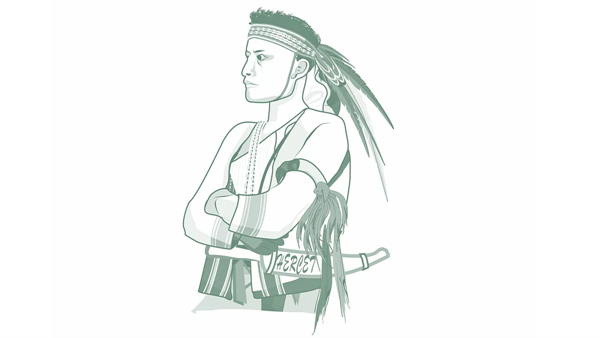
|Origin of the patron saint of the Tsou people in Alishan, Taiwan|
Legend has it that for hundreds of years, before the aborigines of the Tsou tribe on Alishan fought with other tribes and before important rituals, every Tsou warrior must wear tree bark on their arms or chest as a "talisman" to eliminate evil spirits. Spirit, avoid impurity and protect the body and pray for blessings, so as to prevent the invasion of evil spirits and protect the health and safety of the Tsou warriors! This unique herbal plant, called "mountain hibiscus", has long been regarded as a "sacred object" and "talisman" by the aborigines in Alishan. "Mountain Hibiscus" has a variety of very good "medicinal health care" effects, and has long protected Alishan aborigines from the invasion of evil spirits! Therefore, it is honored as "the patron saint of the Tsou people in Alishan".
The traditional aboriginal use of its roots and dried slices is used to clear the lungs and cool the blood, clear heat and detoxify, reduce inflammation and relieve pain, reduce swelling and discharge pus. It specializes in treating all malignant sores, carbuncle, swollen poison, lung heat cough, mastitis, lymphadenitis, mumps, burns, venomous snake bites, bruises, leucorrhea, arthritis, toothache, pleurisy, non-healing wounds, etc. be usable. For Alishan Tsou aborigines, "Mountain Hibiscus" is an indispensable and important herbal medicine in their daily life!
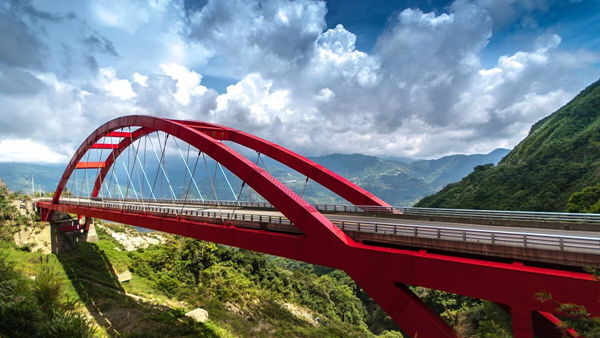
|Aboriginal Living Wisdom|
Unlike today's convenience. In field interviews, the aborigines used the roots of Hibiscus hibiscus to carry around on their bodies, and when they were injured, they took out the ground and mixed with liquid to form a surgical dressing. Another method is to take fresh "bark, roots and smashed" and apply it to the injured area. . The Atayal people use the mucus produced by mashing the bark and rubbing it with water as a shampoo to wash their hair. Different Aboriginal tribes use it slightly differently.
Also because Taiwan Mountain Furong is so inseparable from the life of Taiwan's aborigines, especially Alishan, which has the largest number of Tsou aborigines, when the bridge was rebuilt on the Alishan Highway damaged by the typhoon, the new bridge was named "Fugubao". Bridge (Fukuo Mountain Hibiscus in Tsou language).
|The foundation of health care technology|
Mountain Hibiscus is a native plant in Taiwan. It is used in health and life in all aboriginal groups in Taiwan. It is not limited to the Tsou people. During the process of building our own planting farms, we contacted other aboriginal friends and found out the herbal effects of different aboriginal groups on hibiscus hibiscus. Slightly different from usage.
The research of Hushenkang Biotechnology found that the aboriginal people used the single-sided mountain hibiscus herbal medicine and a variety of Chinese herbal secret recipes to form the mountain hibiscus compound formula. But looking at its origin, I deeply understand that all of this is the solution of human health and disease that has been evolved on the spot by using medicinal herbs found in the place of residence.
About 40-50 years ago, Taiwan aborigines and flatland residents seldom communicated with each other due to language and traffic conditions, but they shared so much wisdom in the use of Taiwan's native plant hibiscus, which has become the foundation of today's health care technology.









